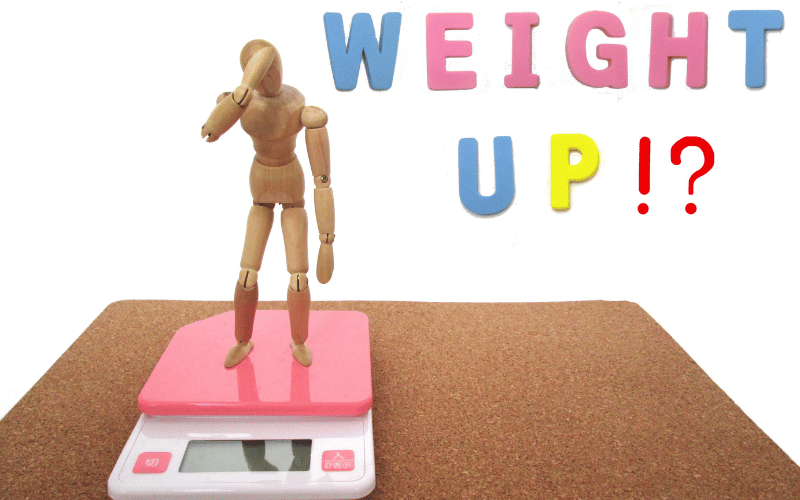3. Weight Gain and its Unique Patterns

Weight gain is often chalked up to lifestyle choices or changes, but with Cushing’s syndrome, the accumulation of body fat happens in specific areas. It’s not your usual “love handles” or “muffin tops.” Here, the fat prefers to settle around your upper back and midsection, creating what’s often termed as a “buffalo hump.”
There’s a reason why it’s different from standard weight gain. The high levels of cortisol redistribute fat, creating a concentration in these specific areas. So if you notice a buffalo hump, it’s not just a sign of poor posture or a sedentary lifestyle.
Interestingly, the arms and legs are generally not the first to bulk up. They may even become thinner. This uneven distribution of weight adds another layer to the diagnosis of Cushing’s syndrome. The pattern of this weight gain, where fat accumulates around the trunk but spares the extremities, can provide a distinct clue.
So, don’t brush off such weight gain as merely another sign of aging or an inactive lifestyle. Especially for women, who may already be navigating complex hormonal shifts, noticing where the weight is being added could be the clue they need.
The peculiarity of this weight gain serves as another clue in the intricate puzzle that is Cushing’s syndrome. It’s not just a cosmetic issue; it’s a physical manifestation of a deeper hormonal imbalance. (3)